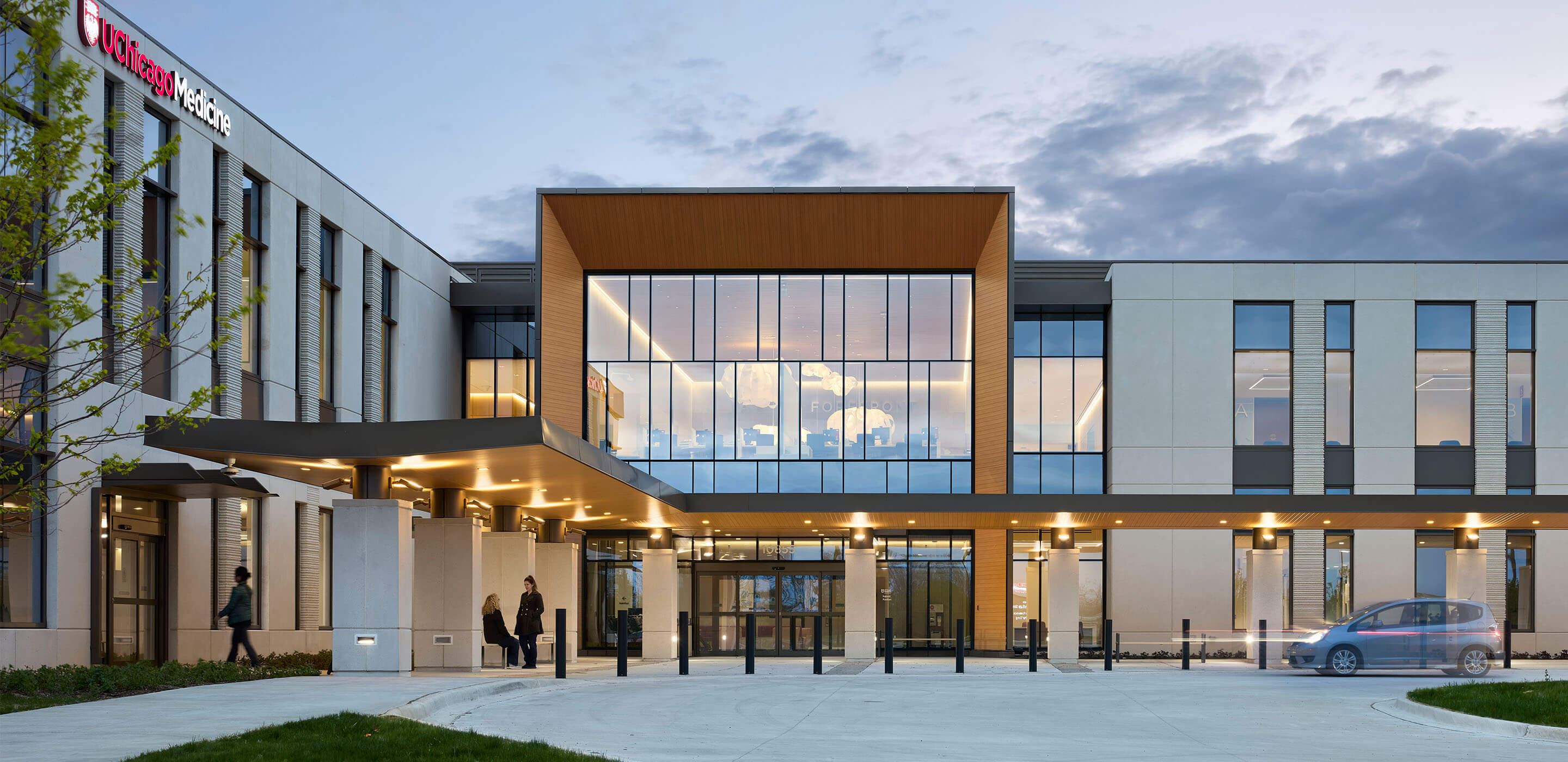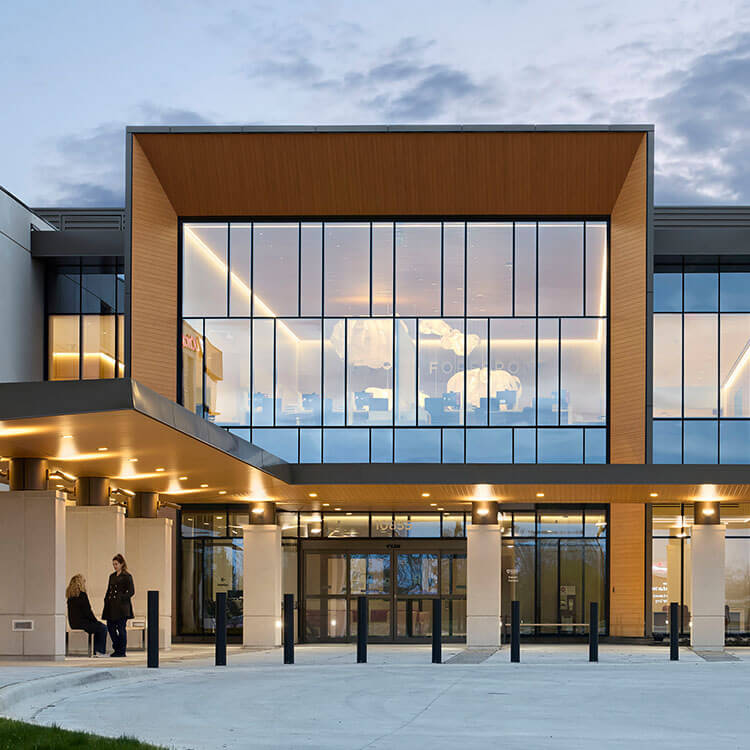To remedy this disparity in medical access, healthcare providers across the U.S. are building micro-hospitals in underserved areas. Smaller than full-service hospitals, but more comprehensive than free-standing emergency rooms, micro-hospitals are fully accredited facilities that operate 24 hours a day with an emergency department, a few inpatient beds, and outpatient services.
One of the nation’s newest micro-hospitals, a multispecialty care facility called UChicago Medicine Crown Point, opened in northwest Indiana in spring 2024. The primary goal was to expand the University of Chicago Medicine’s specialty care in the region, where market surveys showed 15% of the area’s residents traveled outside the area to receive medical care. Of that group, roughly one in five were patients of the academic health system.
“So many of our patients from northwest Indiana were traveling well over an hour to see specialty physicians at our main medical center in Hyde Park,” says Marco Capicchioni, vice president of facilities and support services at UChicago Medicine, referring to the system’s flagship hospital campus on Chicago’s South Side.





